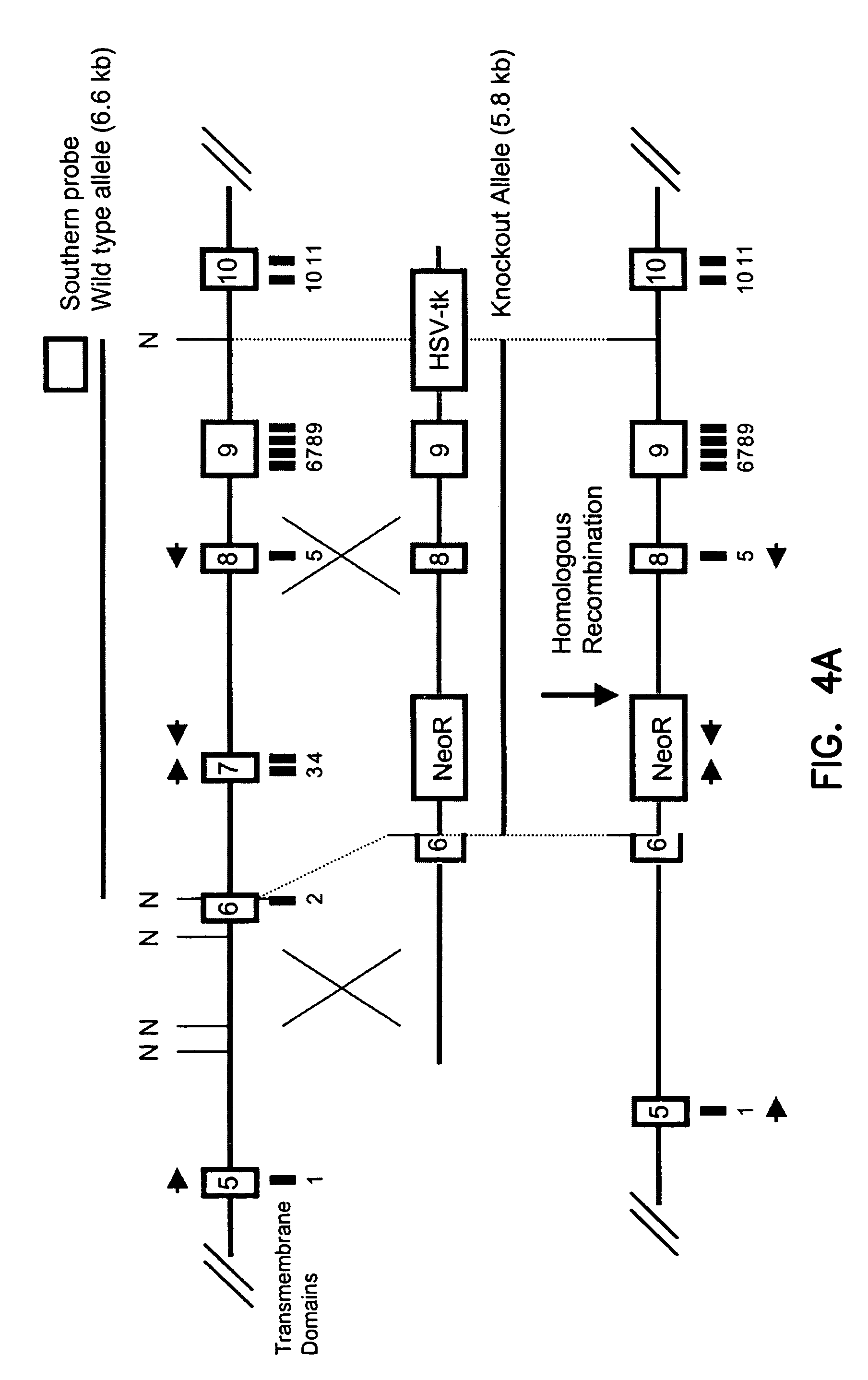Use of ClC3 chloride channel blockers to modulate vascular tone
a technology of vascular tone and chloride channel blocker, which is applied in the direction of anhydride/acid/halide active ingredients, heterocyclic compound active ingredients, biocide, etc., can solve the problems of inability to achieve orgasm, and loss of potency rather than improvement, so as to reduce the sensitivity of endothelially-compromised vascular smooth muscle and avoid unpleasant side effects
- Summary
- Abstract
- Description
- Claims
- Application Information
AI Technical Summary
Benefits of technology
Problems solved by technology
Method used
Image
Examples
example 1
Assay Materials and Methods
[0141]Adult male Sprague-Dawley rats (250-300 g) were obtained from Harlan Sprague Dawley. The animals were killed by exposure to 100% CO2 for 5 minutes, followed by cervical dislocation. Thoracic aortas were removed, cleaned of adherent connective tissue, and cut into 6 mm rings. The endothelium was left intact, and the rings were mounted in individual 10 ml isolated organ chambers using standard methods for recording of isometric tension. Contractile responses were recorded with an eight-channel MacLab8E and stored on a Power Macintosh 7200 computer. Passive stretch was set at 2.5 g, and the rings were allowed to equilibrate in physiological salt solution (PSS) at 37° C. for 120 minutes before the start of experimentation. PSS was aerated with a mixture of 95% 2-5% CO2; the composition was as follows (in mM): 130 NaCl, 4.7 KCl, 1.18 KH2PO4, 1.17 MgSO47H2O, 14.9 NaHCO3, 1.6 CaCl2H2O, 5.5 dextrose, and 0.03 CaNa2-EDTA 0.03 (pH 7.30).
[0142]The blood vessel ...
example 2
Tamoxifen Normalizes NE Induced VSM Sensitivity
[0144]1. Intact and denuded aortic blood vessel segments were prepared, mounted as described in Example 1.[0145]2. Blood vessel segments were pretreated with tamoxifen was measured as described in Example 1. Control blood vessel segments were pretreated with ethanol at the same concentration used to dissolve the tamoxifen.[0146]3. Aliquots of NE (Sigma Chemical, St. Louis, Mo.), which had been dissolved directly into aqueous solution was applied to the vessel segments at concentrations between 10−10 and 10−5 M, and the contractile response measured as described above. The results are shown in FIG. 2. In general, the results show that tamoxifen treated denuded blood vessel segments were similar in contractility to intact blood vessels, whereas denuded blood vessel segments which were not treated with tamoxifen were more sensitive to NE than intact blood vessels. The ED50 values calculated for NE were as follows: Denuded blood vessel segm...
example 3
Tamoxifen Normalizes KCl Induced VSM Sensitivity
[0147]1. Intact and denuded aortic blood vessel segments were prepared and mounted as described in Example 1.[0148]2. Test blood vessel segments were pretreated with tamoxifen as described in Example 1. Control blood vessel segments were pretreated with ethanol at the same concentration used to dissolve the tamoxifen.[0149]3. Cl (Sigma Chemical, St. Louis, Mo.), was applied to the vessels at 2, 4, 8, 12, 16, 20, 28, 40, 60, 80, and 100 mM concentrations, and the contractile response measured as described above. The results are shown in FIG. 3.
[0150]In general, the results show that tamoxifen-treated denuded blood vessel segments were similar in contractility to intact blood vessels, whereas denuded blood vessel segments which were not treated with tamoxifen were more sensitive to KCl than intact blood vessels. The ED50 values calculated for KCl were as follows: Denuded blood vessel segments=12.3±0.70 mM (control), 16.9±1.4 mM (tamoxife...
PUM
| Property | Measurement | Unit |
|---|---|---|
| equilibrium solubility | aaaaa | aaaaa |
| equilibrium solubility | aaaaa | aaaaa |
| pKa | aaaaa | aaaaa |
Abstract
Description
Claims
Application Information
 Login to View More
Login to View More - R&D
- Intellectual Property
- Life Sciences
- Materials
- Tech Scout
- Unparalleled Data Quality
- Higher Quality Content
- 60% Fewer Hallucinations
Browse by: Latest US Patents, China's latest patents, Technical Efficacy Thesaurus, Application Domain, Technology Topic, Popular Technical Reports.
© 2025 PatSnap. All rights reserved.Legal|Privacy policy|Modern Slavery Act Transparency Statement|Sitemap|About US| Contact US: help@patsnap.com



